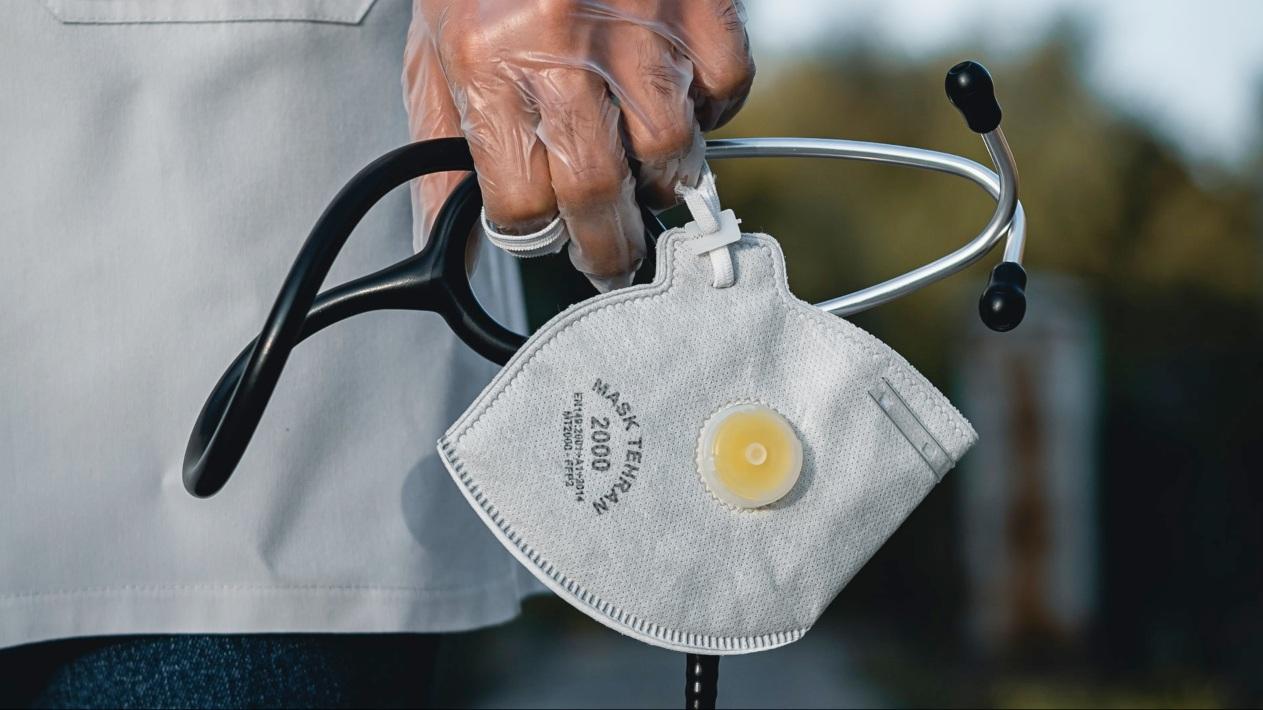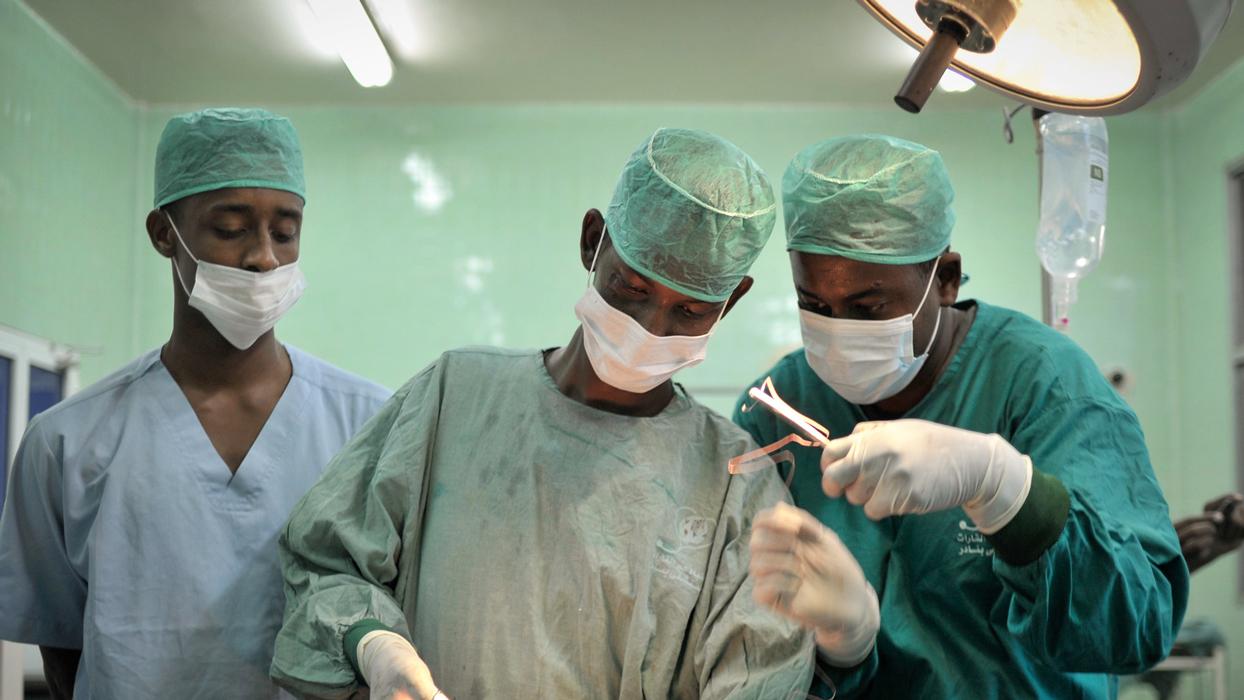LSE’s Rochelle Burgess reviews the documentary Fire in the Blood which chronicles how Western pharmaceutical companies and governments blocked access to low-cost AIDS drugs for the countries of the global south in the years after 1996 – causing ten million or more unnecessary deaths – and the improbable group of people who decided to fight back. This post originally appeared on Global Policy.
“Let me put it this way – there is no developed country which would have tolerated the loss of millions of their citizens, while lifesaving drugs were available.”
The deeply honest observation of Dr. Peter Mugyenyi, a front line physician and researcher during the peak of Uganda’s epidemic, launches viewers into one of the most powerful documentaries on the AIDS crisis yet. Fire in the Blood (2012), Dylan Mohan Grey’s feature length writing/directorial debut, focuses on the unsettling, and understated tale of the battle between multi-national pharmaceutical corporations and AIDS activists, practitioners and patients, over the right to distribute low-cost lifesaving anti-retroviral medications to developing nations.
As those in the field of HIV/AIDS can attest, the realities of the pandemic’s thirty year stain on the planet are haunting. By 2004 HIV/AIDS was responsible for the death of over 21 million people . Early phases of global policy responses to the pandemic were riddled with disappointment. Public and institutional stigma against the sick plagued the early years of the pandemic, when the disease was primarily linked to communities at the margins of society. Denial of the gravity of the issue within international development circles and those responsible for planning responses to the social and economic impacts of the disease was also prevalent (Barnet & Whiteside 2006). Despite the advent of life-saving medications in 1996, the disease, which disproportionally ravages the already poor and marginalised, continued to claim lives of millions. In 2000, deaths in North America were reduced to just 20,000, while 2.4 million sub-Saharan Africans died, in countries where these drugs were more myth than miracle.
It is this tragedy that Fire in the Blood dissects, telling the story of the fight for access to life-saving medicines in the global South. The journey begins in South Africa and Uganda, countries arguably hardest hit in the early waves of the pandemic. The search for answers continues to the back rooms of Washington DC, and finally, the Indian pharmaceutical factories that opened the floodgates to anti-retroviral therapy (ARTs) for millions of HIV positive members of the global south.
Fire in the Blood’s persuasive power undoubtedly lies in its unwavering, hard-line position that casts pharmaceutical giants including Pfizer, Glasko-Smith Klein, and Boehringer Ingelheim as nearly unredeemable villains. Grey walks viewers down a line of unfathomable events: negative stereotypes of ‘backward and uneducated’ Africans used publicly as justification for preventing the production and distribution of generic ARTs in African countries. Threats of sanctions and cuts to financial aid are used as leverage by western powers to curb grassroots resistance to patent laws in African countries. Even UN organisations WHO and WTO are not safe from reprimand – challenged for their silence and inaction during the blockade against generics that restricted access and secured the death of millions of HIV-positive individuals.
A reputable cast is used to bolster an already effective statistical and economic argument that confirms the unbelievable lengths taken by corporations to prevent access to low cost treatments in the global south. Candid commentary from former US president Bill Clinton, former member of the WHO and AIDS expert Dr. Denis Broun; former Vice President of Pfizer Dr. Peter Frost, Archbishop Desmond Tutu, Joseph Stiglitz, New York Times reporter Donald McNeil and founder of Treatment Action Campaign (TAC) Zackie Achmat, confirms a story that defies all moral logic, leaving even the most non-partisan viewer with little alternative but to admit that in the tale of universal access, pharmaceutical corporations have a great deal to answer for.
In a surprising twist, the film alludes to a controversial dimension of persisting local-global divides in treatment access. James Love, an intellectual property activist from Washington and key player in the battle for access to generic ARTs, unashamedly invokes a racially-driven argument to justify years of inaction on the issue. While Grey misses an important opportunity to engage intellectually with this particular, albeit uncomfortable theme, it only slightly mars his efforts, as his power as a historian and storyteller leaves few stones unturned. Frontline doctors, practitioners and HIV-positive individuals, activists and their families from around the world place a human face on this tale of malice that underpins one of the most famous modern public health crises. “Where is the disease? The disease is where the drugs are not”, becomes an unforgettable mantra to spotlight the power of grass roots mass mobilisation against the actions of pharmaceutical companies spearheaded by TAC in South Africa.
The film, recently screened at documentary festivals in Britain and South Africa, is also beautifully shot – sweeping shots of Asian and African landscapes are weaved between interviews and original footage from news broadcasts and major events, set to a minimalistic yet beautiful score of regional music. Overall, the film rarely disappoints, with a presentation that comes across as intellectually sound as it is emotionally charged.
If universal access is the public health legacy of this battle, then Fire in the Blood is the long overdue tribute to those who travelled the tumultuous road to make this a possibility. Whilst many African countries are currently making considerable gains in treating their citizens , the sustainability of such success remains precarious. In South Africa, TAC continues to battle with pharmaceutical corporations over similar patent issues. Every 20 seconds someone dies of an AIDS-related death and every minute, a new woman becomes infected with the virus. The battle is far from won, and recent amendments to TRIPS regulations could potentially complicate the distribution of second-line medications developed under pharmaceutical patents in future years. The only hope to avoid the repetition of this devastating period of global public health history is through wide distribution of films such as this. And, in doing so, hopefully lay the foundations necessary to hold those with power accountable for the often distant outcomes of decisions that, for better or worse, determine the lives of millions of individuals around the world.
Rochelle Burgess is a Doctoral Candidate at the Institute of Social Psychology and member of the Health, Community and Development Research Group at the London School of Economics and Political Sciences. Her current research focuses on the delivery of mental health services within AIDS-affected rural communities in Southern Africa. Her previous work has focused on community responses to HIV/AIDS in South Africa and Swaziland, and is a Research Associate with the Health Economics and HIV/AIDS Research Division, in Durban South Africa.
Barnet, A., and Whiteside, A. (2006). AIDS in the twenty-first century: Disease and globalisation. Second Edition. Basingstoke, Palgrave Macmillian.






